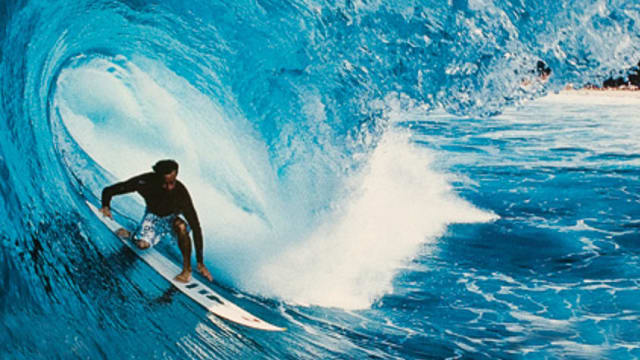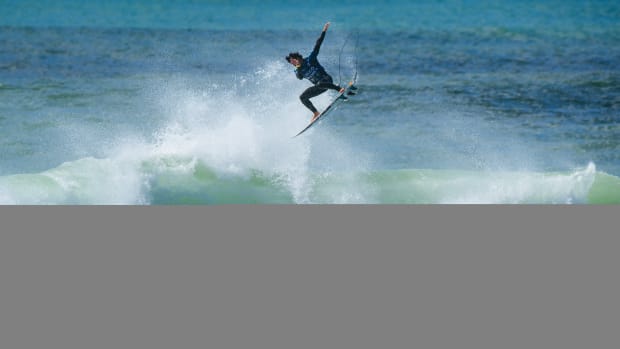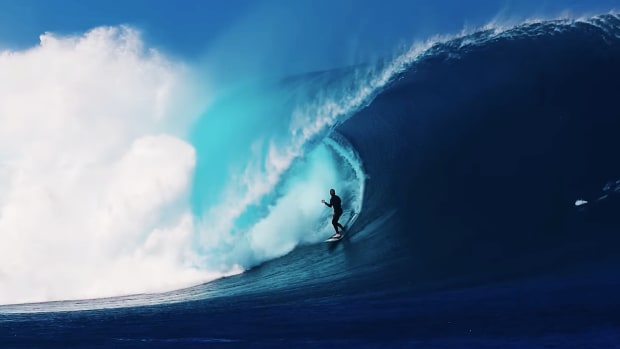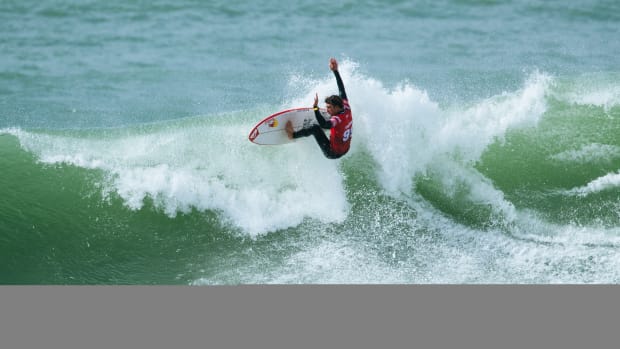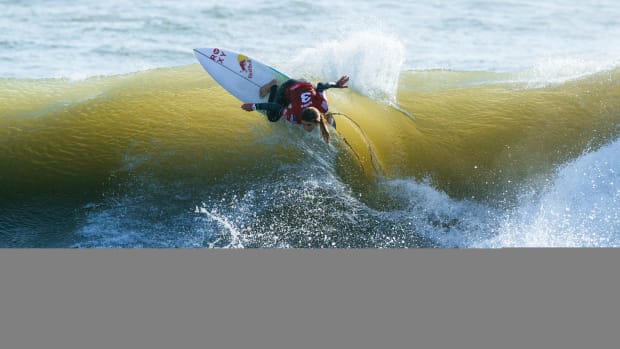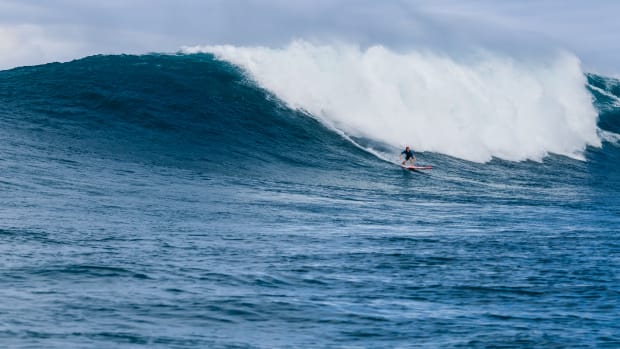"The Endless Summer" Celebrates Its 60th Anniversary In 2024
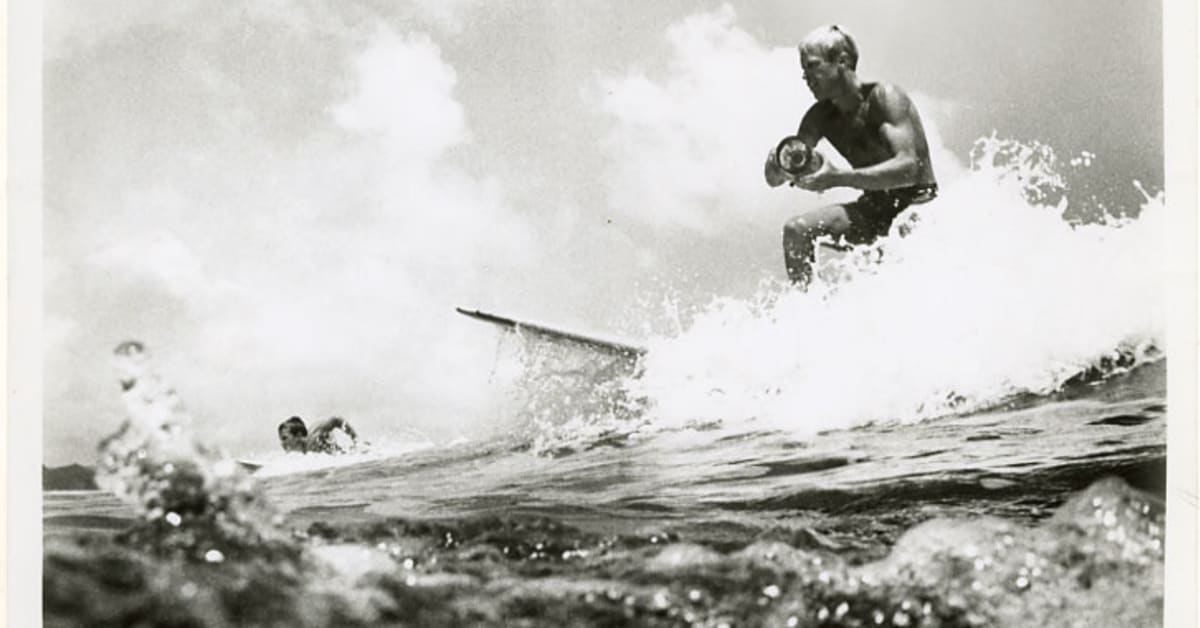
In January 1964, filmmaker Bruce Brown and business partner R. Paul Allen, two quintessential Southern California surfers, landed in a snowy Wichita, Kansas, with their new film, “The Endless Summer.” Amidst a strike by the projectionists, they showed the film and sold out the humble Sunset Theater. Shortly thereafter, Brown moved on to New York City where he rented out a theater and the film sold out for 48 straight weeks. And like that, the legend of “The Endless Summer” was born. This January will mark the 60th anniversary of that release, which changed surfing as we know it today.

Surf filmmaker Bruce Brown filming "The Endless Summer," which was released in January 1964.
Bruce Brown Films
Fresh out of the Navy, with a head full of optimism, a young Brown lands with his feet in the sand in San Clemente. With an interest in cameras and filmmaking, he was already sitting on some grainy footage of his friends from his days in the service. Surfboard builder, mentor and entrepreneur Dale Velzy took an interest in Brown, bought him his first 16mm camera, a ticket to Hawaii and told him to go make a surf movie. “Slippery When Wet” was released in 1958…and when we say “released,” we mean Velzy showed it in his shop and the gremlins were psyched!
Combining some of the earliest A-grade footage from the North Shore, a smooth jazz track by Bud Shank, and Brown’s indelible narration, the movie was an immediate to hit. After “Slippery When Wet,” he went “Surf Crazy” in ’59, released “Surfin’ Shorts” and “Barefoot Adventure” in ’60, followed by Surfing Hollow Days and Water Logged. Working with practically every icon in the scene at the time, notable stars included Pat Curren, Phil Edwards, Del Cannon and Byron Kough. All of the films were big successes in their own right and establish Brown’s as the sport’s premier filmmaker—but even he couldn’t know that the best was yet to come.
In November of 1963, Bruce Brown took a paltry $50,000 budget and set out around the world with surfers Mike Hynson and Robert August. Inspired by his friend Dick Metz’s recent surfari, Brown was determined to find out what lie beyond the horizon. The legend goes that “The Endless Summer” never originally intended to be an around-the-world adventure, but it was cheaper to hop around the globe than make specific trips to already popularized surf zones. Brown created concept and narrative virtually out of thin air.
That simple twist of fate led to discoveries in Africa, Australia, New Zealand, Tahiti, and, of course, Hawaii…“home of the endless summer.” The film has since launched untold numbers of surf trips around the planet. It shattered box office records and blew minds. It’s been inducted into the Smithsonian National Museum of American History, the United States Library of Congress, and the Museum of Modern Art in New York.
“When we were growing up, the thinking was that if you surfed, you’d smarten up at some point,” Brown once explained. “After Endless Summer, people of all types started to take it up…it helped make it into something legitimate. It gave it some respect.”
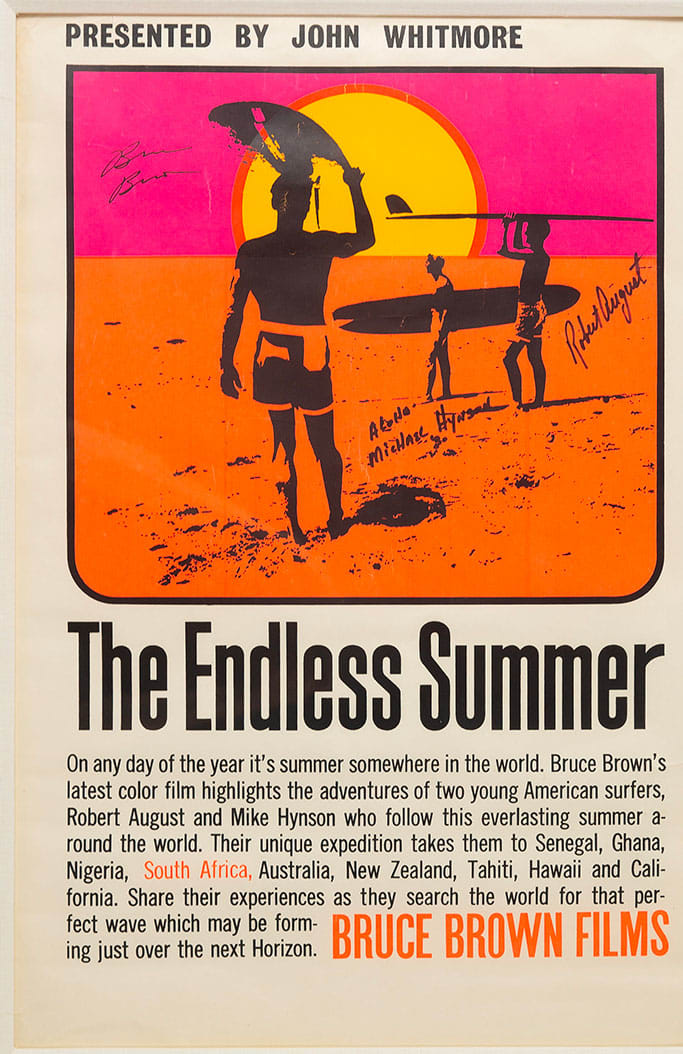
The original "The Endless Summer" poster signed by Brown, as well as stars Robert August and Mike Hynson.
Bruce Brown Films
“The Endless Summer” was a massive, record-breaking smash hit, and while Brown could have easily moved to Hollywood and capitalized on the success, but he stuck to his guns. He kept surfing, riding motorcycles, fishing and living a good, salty life. Through “The Endless Summer,” Brown and Hollywood icon Steve McQueen had become good friends. One day, while riding motorcycles in the hills around Dana Point, Brown told McQueen he wanted to make a move about the kind of riding they were doing…“and you’re going to pay for it,” added Brown.
McQueen laughed it off, but within days a check was in the mail. McQueen’s Solar Productions and Bruce Brown Films teamed up to follow motorcycle riders Mert Lawwill, Malcom Smith, McQueen and others to document the competitive races and leisurely riding that they were so passionate about. “On Any Sunday” was released in 1971 to critical acclaim. It was nominated for a Best Documentary Oscar the following year. It would be Brown’s last film project until “The Endless Summer 2” several decades later. In 2014, Brown’s son, Dana, produced “On Any Sunday: The Next Chapter.”
Following the success of “The Endless Summer” and On “Any Sunday,” Brown retreated to his ranch in the Santa Barbara foothills. Always critical of the Hollywood establish and its portrayal of surfers, he chose to live out his days in the quietness of his favorite place in the world. He raised his family and indulged all of his passions. Racing cars and motorcycles, hunting and shooting guns, fishing and surfing, he truly enjoyed “the good life” in Santa Barbara.
“I switch interests about every two years. Robert August sent me a new board – for a fat man. He called and said, ‘What are you doing, letting the resin cure?’ I’ve been quite the hodad lately, but I’ll be back at it soon,” he joked. Whatever he was doing, Brown put all of his enthusiasm and energy into it. He was inducted into the AMA Motorcycle Hall of Fame in 1999 and the Surfers’ Hall of fame in 2009.
After decades away from the camera, Bruce Brown got back into the surf movie game in the early ‘90s. Teaming up with his son, Dana, they set out to retrace the steps of the original “The Endless Summer” and introduce the world to an entirely new cast of characters and locales. Starring square-jawed Santa Cruz longboarder Robert “Wingnut” Weaver and Dana Point up-and-coming world tour ace Pat O’Connell, they revisited some of the same destination that had been discovered during by Brown and company 30 years prior, including a stop at the icon Cape Saint Francis in South Africa.
They also “hopped on down” to Australia to hang out with Nat Young and the late, great Steve Irwin (aka The Croc Hunter). Keeping in the spirit of the first film, they made plenty of friends along the way. They met up with Kelly Slater and Tom Carroll at Cloudbreak in Fiji and Gerry Lopez at G-Land in Indonesia, demonstrating just how far the sport of surfing had come over the years. The film was released in 1994 and enjoyed both commercial and critical success. It would be Brown’s magnum opus. After filming the movie he’d screw on his lens cap and put his camera away for good.
Brown passed away peacefully at his home in the Santa Barbara hills in 2017. His son, Dana, continues to make films and inspire people with the magic of surfing and the ocean.


